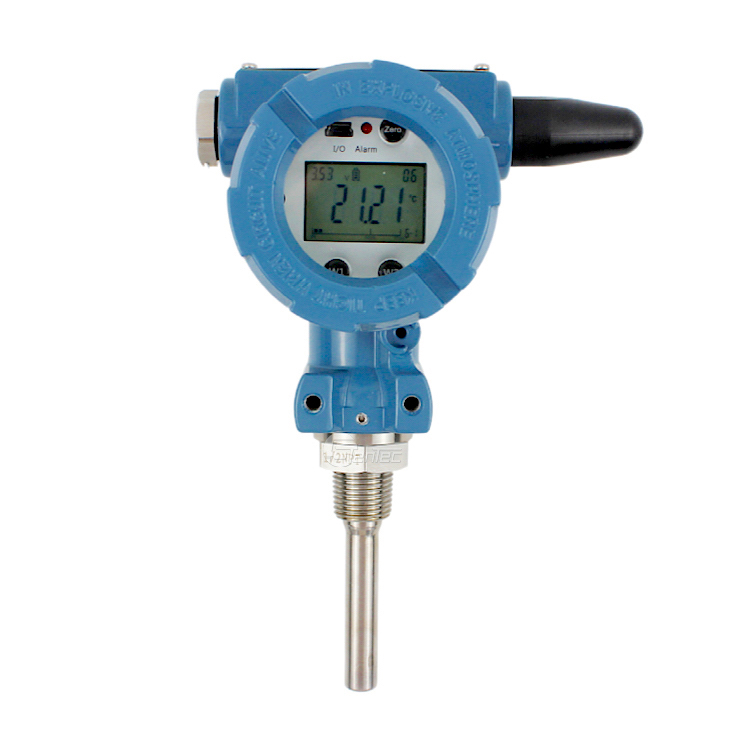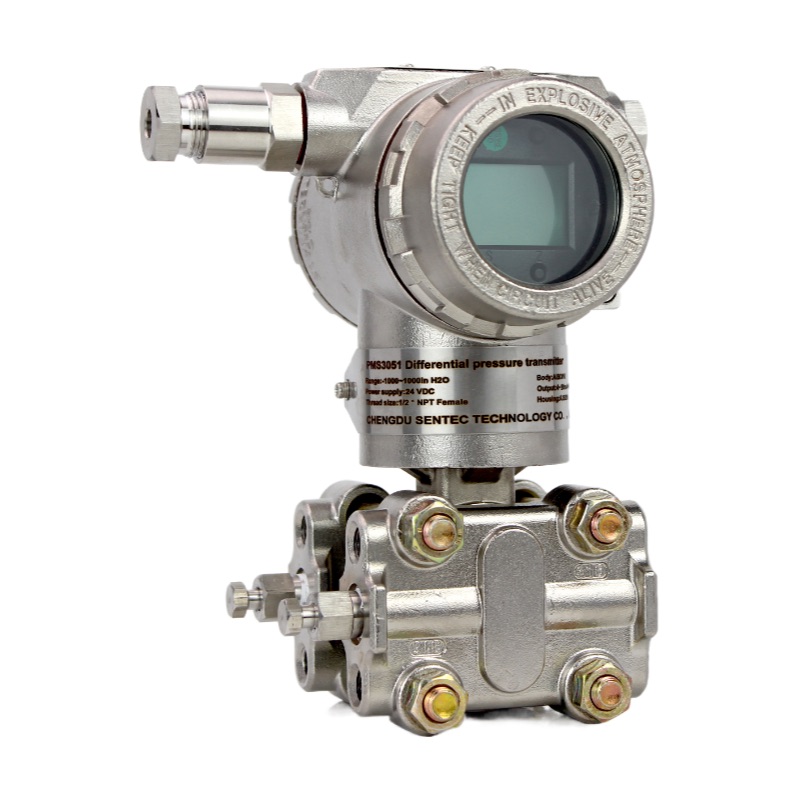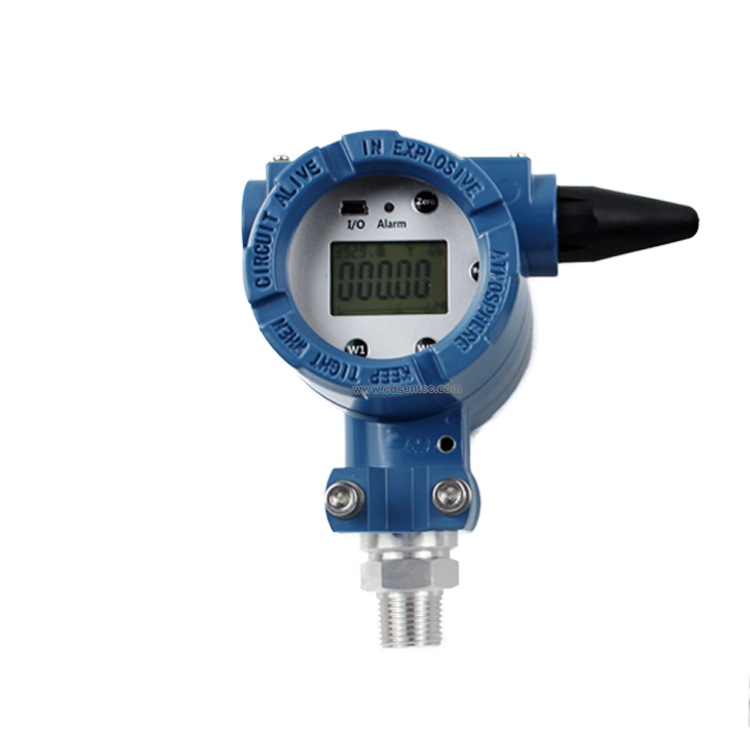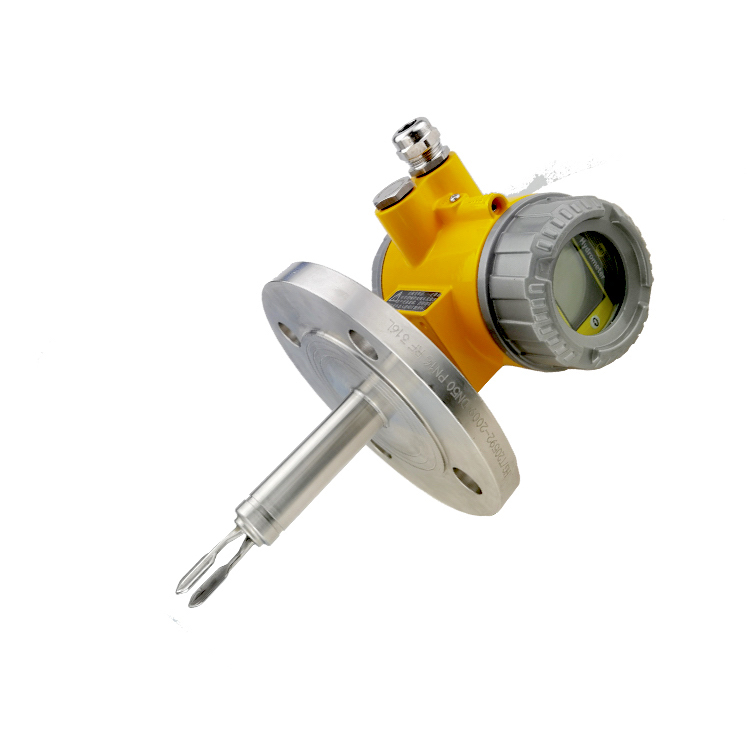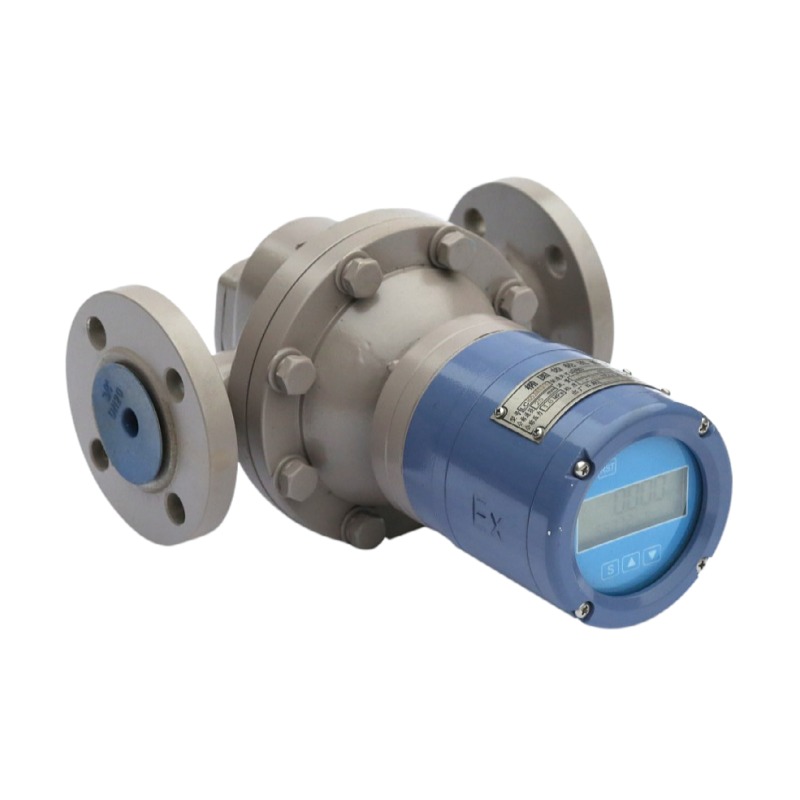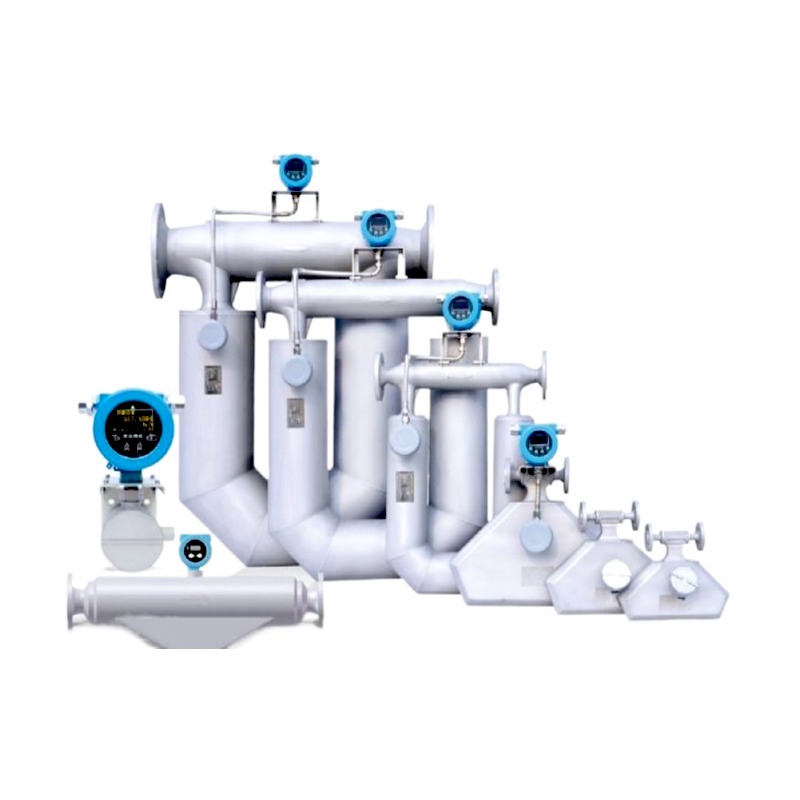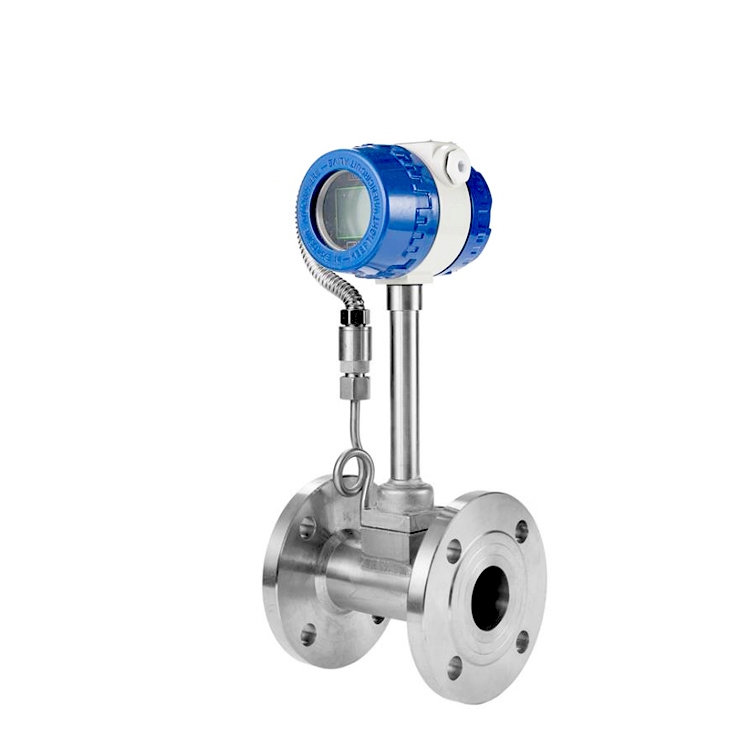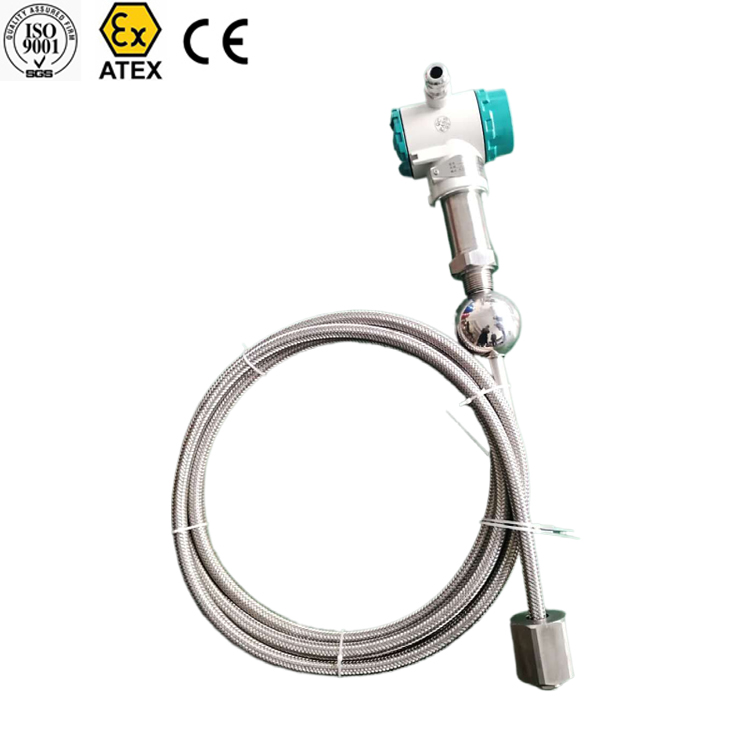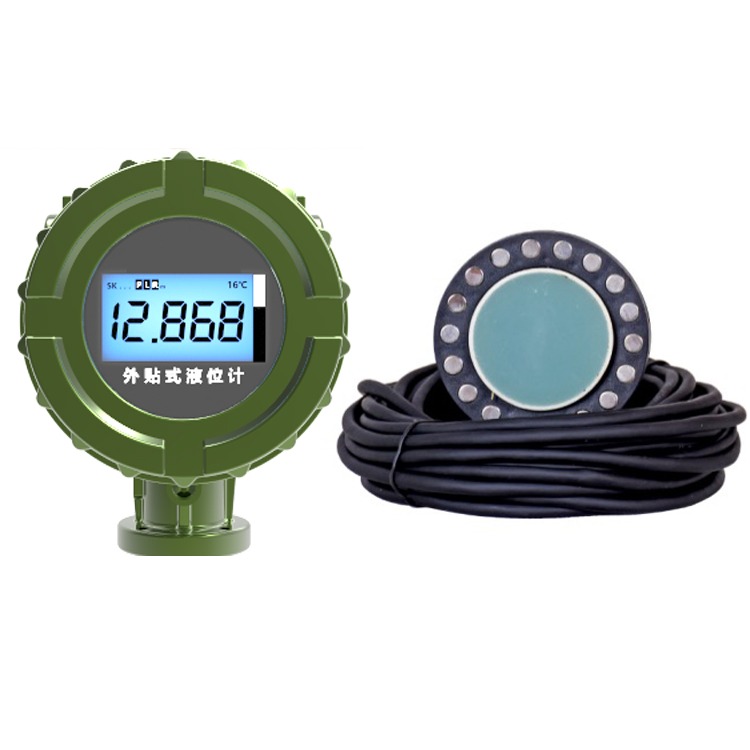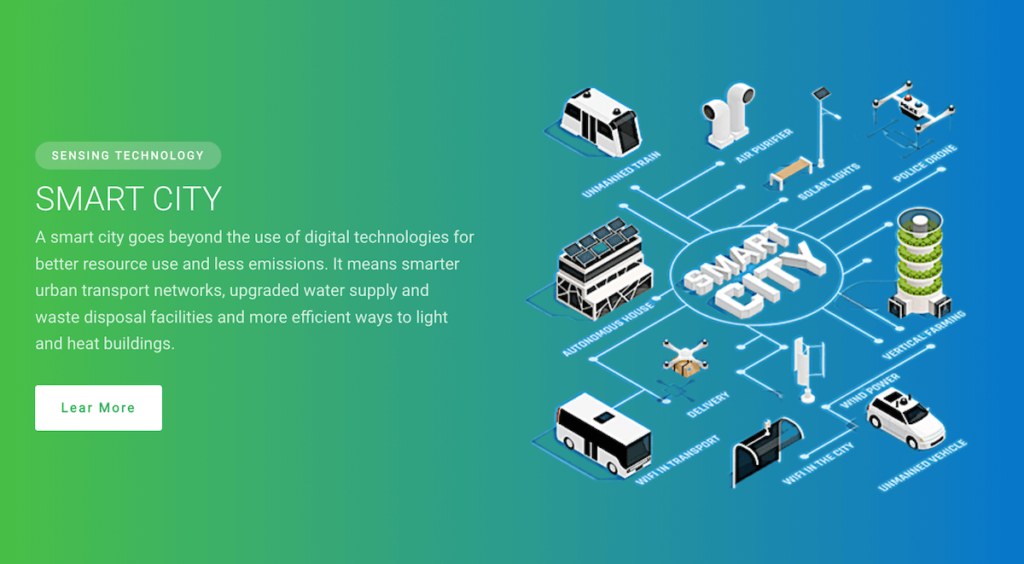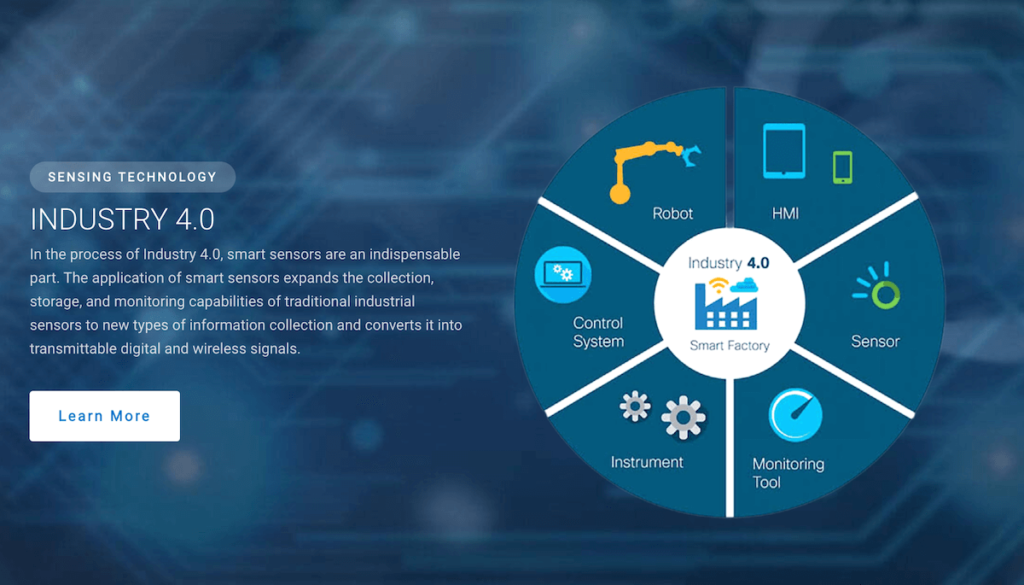Petrochemical industrial oil & gas sensor application
How Petrochemical industrial oil & gas sensor applied ? The energy provided by the petrochemical industry is mainly used as fuel for automobiles, tractors, aircraft, ships, and boilers. At the same time, refining and chemical enterprises provide various chemical raw materials for the chemical industry. So, the measurement solutions for industrial Petroleum oil and gas sensor became a very important part in petrochemical industry.
Table of Contents
Backgroud: Petrochemical industrial oil & gas sensor
Petrochemical (English: Petrochemical), also known as petrochemical industry, refers to the field of chemical industry that uses petroleum as raw material to produce chemicals, and also includes natural gas chemical industry in a broad sense. Petrochemical industry of Sinopec Corp., as a new industry, was formed with the development of petroleum refining industry in the 1920s and grew up during the Second World War (see the history of petrochemical industry). After the war, the rapid development of petrochemical industry has shifted the production of a large number of chemicals from traditional coal and agricultural and forestry products as raw materials to oil and natural gas as raw materials. The petrochemical industry has become the backbone industry in the chemical industry and occupies a very important position in the national economy.
Industrial role
*Petrochemical industry is an important backbone industry in modern developed countries
Starting from oil and natural gas, a series of intermediates, plastics, synthetic fibers, synthetic rubber, synthetic detergents, solvents, coatings, pesticides, dyes, medicines and other important products closely related to the national economy and people’s livelihood are produced. In the 1980s, in industrially developed countries, the output value of the chemical industry generally accounted for 6% to 7% of the gross national product and 7% to 10% of the total industrial output value; while the sales of petrochemical products accounted for about 45% of all chemical products. , its proportion is very large.
*Petrochemicals are major suppliers of energy
Gasoline, kerosene, diesel, heavy oil and natural gas produced by petroleum refining are the main suppliers of current major energy sources. In 1995, my country produced 80 million tons of fuel oil. At present, the world’s oil and natural gas consumption accounts for about 60% of the total energy consumption; my country consumes less than 20% of oil due to the large use of coal. The energy provided by the petrochemical industry is mainly used as fuel for automobiles, tractors, airplanes, ships, and boilers, and a small amount is used as civil fuel. Energy is a factor restricting the development of my country’s national economy. Petrochemical industry consumes about 8.5% of the total energy, and energy consumption should be continuously reduced.
*Petrochemicals are one of the pillars of the materials industry
Metals, inorganic non-metallic materials and polymer composite materials are known as the three major materials. The current output of polymer synthetic materials provided by petrochemicals in the world is about 145 million tons. In 1996, my country has exceeded 8 million tons. In addition to synthetic materials, petrochemical industry also provides the vast majority of organic chemical raw materials. In the category of chemical industry, in addition to chemical products provided by chemical minerals, petrochemical production of raw materials has played a major role in various departments.
*Petrochemicals promote the development of agriculture
Agriculture is the basic industry of my country’s national economy. The nitrogen fertilizer provided by the petrochemical industry accounts for 80% of the total chemical fertilizer. The promotion and use of agricultural plastic films, coupled with the rational use of pesticides and various types of fuels required by a large number of agricultural machinery, have formed the main force of the petrochemical industry to support agriculture.
In summary, we can see that the development of the petrochemical industry is closely related to our lives, so do you know which sensors are used in the petrochemical industry?

Oil and gas pressure & temperature sensor
Pressure sensors and temperature sensors, as the two oldest types of sensors, have been widely used in the petrochemical industry, such as oil and natural gas extraction, storage, and transportation. With the development of science and technology and the arrival of the era of intelligent industry, SenTec follows the development of science and technology, continuously increases investment in scientific research, and manufactures intelligent pressure and temperature sensors that meet the needs of intelligent industry, such as SenTec wireless pressure and temperature sensors, equipped with wireless modules, realize remote Distance wireless transmission has now been successfully used by tens of thousands of oil and gas powers.
Advantages of SenTec temperature and pressure sensors:
✔Military grade high stability core, Stability: ±0.1%FS/year (typical), ±0.2%FS/year (max.)
✔Imported circuit, high-quality measurement accuracy, pressure sensor accuracy can reach up to 0.1%, temperature sensor reach up to 0.5%
✔Anti-jamming design, at least 12 month maintenance free
✔Intrinsically safe explosion, ATEX approved
Liquid/oil online densitometer
In the process of oil extraction, all liquids and oils need to be tested for density or concentration, which requires an online density meter. SenTec Intelligent online density meter (also called online density transmitter) is a device for continuous online measurement of the concentration and density of liquids, which can be directly used in industrial production processes. Commonly used industrial online liquid density meters include static pressure density meter, vibration type density meter and laser density meter. According to installation, it can divided into tank densitometer and pipeline densitometer.
Advantages of online liquid oil densitometer:
✔The use of industrial-grade high-performance micro-controller integrated circuit, high accuracy, good stability, strong anti-jamming ability.
✔Power supply using isolation circuit design, wide-format precision power supply, impact resistance, anti-jamming.
✔”Plug and use, maintenance-free” measurements for monitoring and controlling continuous measurements
✔Sensor signal with photoelectric compartment design with 4-20 mA output, connectivity PLC control system
✔Long rod type is suitable for use in open and sealed tanks and cans up to 2m in length
✔Explosion-proof certification
Subscribe To get new products and solutions
oil and gas flowmeter
In the process of oil and gas extraction and transportation, pipeline transportation is usually used, and pipeline transportation is indispensable for the measurement of flow. Therefore, SenTec flow plays an important role in the transportation, measurement and transaction process of oil and gas. According to the different measuring medium, it can be divided into liquid flowmeter: oil flowmeter and gas flowmeter: natural gas flowmeter.
Usually we use positive displacement flowmeters to measure high viscosity liquids such as petroleum. Oil flow meters are precision instruments used to measure liquid flow. The pressure difference at the inlet and outlet of the oil flowmeter drives the oval gear to rotate, so it is also called an oval gear flowmeter. SenTec FMG Positive Displacement High Viscosity oil Gear Flowmeter are widely used overworld in pretrochemical industry.
The commonly used flowmeters for measuring natural gas include vortex flowmeters, gas turbine flowmeters, thermal gas mass flowmeters, Coriolis Mass flowmeter etc. Vortex flowmeters are ideal natural gas measuring instruments. The natural gas flowmeter is manufactured by the principle of Karman vortex street. It has the advantages of high measurement accuracy, wide range, low power consumption, convenient installation, simple operation, and low pressure loss. It can measure the volume flow under working conditions or standard volume flow (integrated intelligent temperature, Pressure compensation), according to user needs, can be equipped with pulse or 4 ~ 20mADC current output function.
Advantages of Liquid Oil Gas Coriolis Mass flowmeter:
✔High quality accuracy – measurement error better than ±0.05%
✔High density accuracy – measurement error better than ±0.0005g/cm3
✔High temperature accuracy – measurement error better than ±0.2℃
✔Good zero point stability – to ensure long-term stable operation
✔Fast response time – suitable for small batches, short filling times
✔Wide turndown ratio – turndown ratio up to 30:1
✔Long service life – the product is designed to have a service life of 10 years
Petrochemical liquid/oil level sensor
The application of liquid level measurement in the oil and gas field is becoming increasingly important. Water, oil and chemical fluids are integrated throughout the life of a well, more so with the rise of non-traditional drilling techniques such as hydraulic fracturing. In the process of oil and gas acquisition, storage and processing, the use of liquid level sensors to measure the oil level has been widely used.
Common Level Sensor Applications for Tank Level Monitoring:
✔Chemical injection
✔Hydraulic and lube oil tanks
✔Drilling fluid (mud) tank monitoring
✔Liquid level monitoring during delivery
Subscribe To get new products and solutions
Gas Detector Sensor
We know that many sensors are used in the whole process of petrochemical exploration, extraction, smelting and chemical processing, storage and transportation. In addition to the several sensors mentioned above, in order to ensure the safety of production, processing, transportation and use, it is necessary to detect and monitor the gas pressure sensor, gas leakage explosion-proof sensor, and various toxic leakage in each link.
According to relevant industry and national standards, gas detection applications in the petrochemical industry are mainly concentrated in the following areas:
1) Combustible gas detection alarms should be installed in the following places:
a Oil pump room, metering room, oily sewage pump room, valve group room, and dehydrator operation room above the crude oil transfer station;
b. Compressor room, metering room, valve group room and sending and receiving ball room for natural gas transmission;
c compressor room, metering room, valve group room, receiving and dispatching ball room, storage tank area and loading and unloading facilities of light hydrocarbon system;
d Pump room, metering room, valve group room, storage tank area and loading and unloading facilities for condensate and gasoline;
e. LPG pump room, bottling (filling) room, metering room, gas cylinder warehouse and storage tank area;
2) Combustible gas detection alarms should be installed in the following places:
a Crude oil settling tank operation room, crude oil storage tank area;
b Oily sewage tank farm.
3) “Petroleum Industry Hot Work Safety Regulations” SY/T5858-2004 also clearly stipulates:
a. All storage tanks, containers and other equipment that need to be heated should be analyzed for internal and surrounding environment gas. The gas analysis should include the detection of flammable gas concentration sensor, toxic and harmful gas detection, and oxygen and nitrogen concentration detection sensor and analysis. The analysis report is attached to the industrial fire application report.
b During hot construction, the concentration of combustible gas sensor in the hot spot and the air in the operating area should be lower than 25% of its lower explosion limit. If forced ventilation measures are adopted, the wind direction should be consistent with the natural wind direction.
c. During the whole process of hot construction, the hot guard should track and detect the concentration of combustible gas.
d. Gas testing and re-examination should be carried out when entering equipment, facilities and oil tanks for fire, and only after passing the test can they enter.
At present, the method of gas detection and analysis is widely used to control toxic gases in the oil production process. Among them, the most used gas sensors are carbon monoxide, hydrogen sulfide, sulfur dioxide and other gas sensors, which are widely used in the form of independent portable detectors, gas detection systems, and flue gas analysis systems. In the process of petrochemical production, an average of about 20 gas sensors are required for every 10,000 tons of refined oil production. Based on the current annual output of 220 million tons of refined oil, the annual demand for gas sensors is about 500,000.
Toxic gases such as carbon monoxide, sulfur dioxide, hydrogen sulfide, ammonia, ethylene oxide, propylene, vinyl chloride, acetylene, and organic vapors such as benzene, aldehydes, and ketones need to be detected throughout the production, processing, transportation, and use processes, requiring a large amount of gas. Sensors are used in safety protection to prevent poisoning and explosion accidents.







